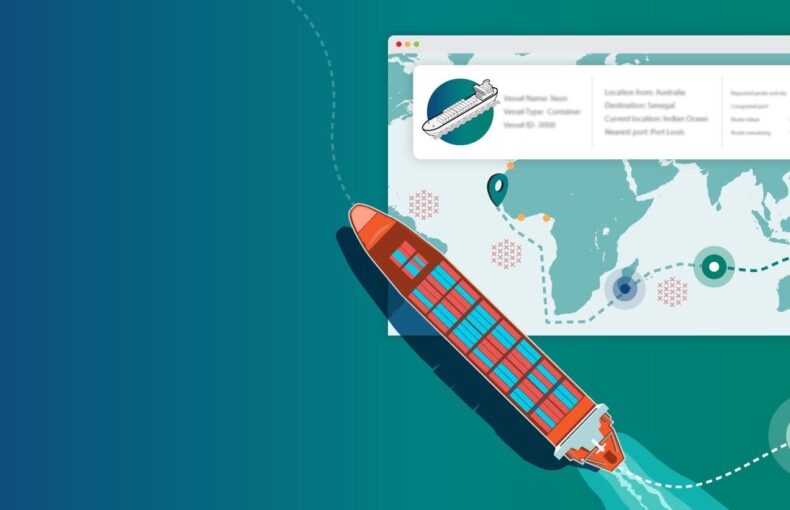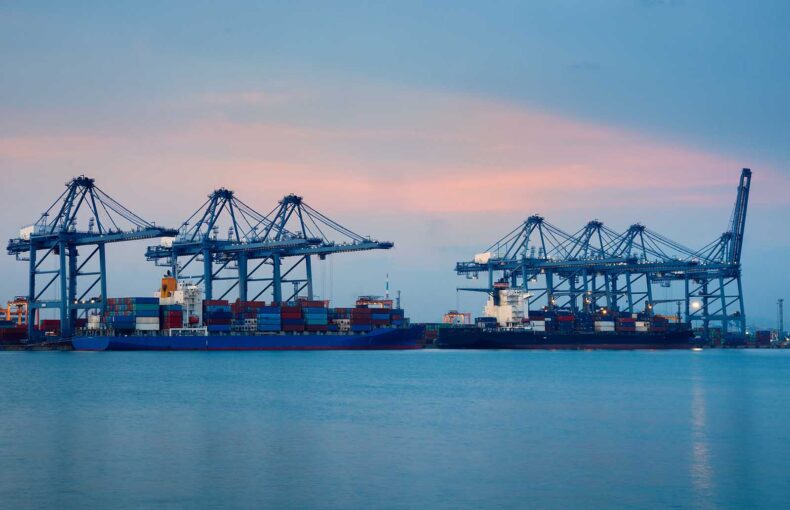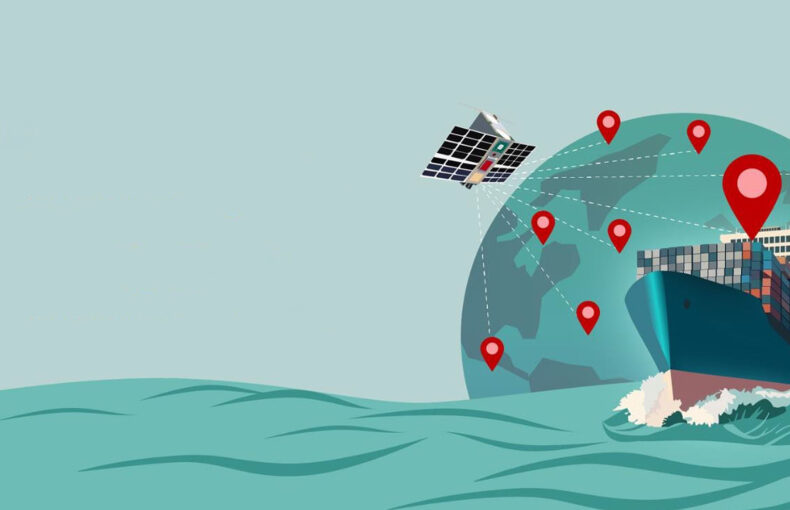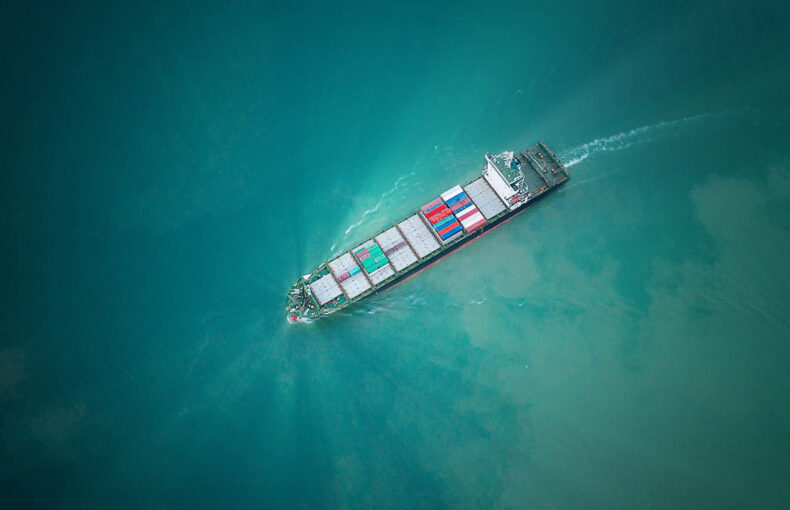Did Flexport CEO Ryan Petersen just save the holidays?
Flexport CEO really caught the attention of Twitter followers last week. What did he find when he visited the Port of Long Beach?
When Ryan Petersen, CEO of logistics startup Flexport, rented a boat to tour the Port of Long Beach last week, no one knew it would begin a Twitter thread that has been credited with possibly saving the holidays and shedding much needed light on a supply chain that is stressed to its breaking point.
The long wait times for vessels entering the Ports of Los Angeles and Long Beach is just one of the bottlenecks that’s currently choking our supply chain, pushing truck drivers to their limits, and stressing freight forwarders and logistics professionals worldwide.
The chart above is a snapshot of all vessel activity in the Los Angeles area as collected through Spire’s satellite powered AIS collection network from the first of each month for the past 2 years. The red dots indicate container ships. One can see their usual activity inside the port from before significant congestion to their organization in the anchorage areas when there are too many vessels already in the port. There are two ports where vessels can be unloaded here, the Port of Los Angeles (San Pedro) and the Port of Long Beach.
Normally there are no vessels waiting in anchorage as throughput in a port is known and anticipated. A container ship that is scheduled to arrive before their berthing time can just slow down during their voyage to arrive just in time to be unloaded. Vessels waiting in anchorage incur costs for the charter by paying the crew as well as not being able to complete more trips while they wait to be unloaded. There are costs for the cargo owners as their goods are delayed in addition to the charter party.
Operations at the Port of Long Beach recently moved to a 24/7 work week in an effort to keep freight moving, get empty containers returned to their origins, and relieve congested workyards. But it isn’t working. In fact, it highlighted exactly how complicated and challenging this situation is. It’s like “trying to put water in and out of the exact same valve” said What the Truck podcast host Timothy Dooner. “Is it crazy to think that you could take two major ports right next to each other and make one of them inbound and one of them outbound….At some point you have to have two different valves in and out.” Solving the challenges facing these two major arteries won’t be solved overnight. “This is complicated stuff,” said Dooner, “because it takes so many parties to be involved with it, it’s crazy.”
First Step: check
Petersen’s visit last week is also being credited with prompting the Mayor of Long Beach, Dr. Robert Garcia, to approve cargo to be stacked 4 or 5 containers high in lots as a temporary measure. Petersen described port operations as being at a “standstill”.
The ports of LA/Long Beach are at a standstill. In a full 3 hour loop through the port complex, passing every single terminal, we saw less than a dozen containers get unloaded.
— Ryan Petersen (@typesfast) October 22, 2021
One week in to 24/7 terminal operations
The Port of Long Beach launched 24/7 operations last week so truckers could make late-night and pre-dawn trips for containers. There was hope that these off-peak hours would increase throughput, help truckers be more efficient due to non-traffic hours, and allow for empty container drop-off plus loaded pickup between 3 and 7 a.m.
Unfortunately, the back up continues and truckers are reporting greater wait times. The Port of Los Angeles is currently testing permanent weekend gates; the result of U.S. Department of Transportation and White House involvement to quell concerns in response to supply chain disruptions and the impacts they have on businesses and the economy.
Long term solutions needed
Managing freight from point of origin to final destination crosses multiple industries – from maritime to trucking to railways to delivery transport services. It’s a complex system and the uncoordinated nature of the business is begging for meaningful, effective change. Moving information across sectors from operator to operator is a massive undertaking. The questions remain: how do we pull all of this together? How do we untangle the siloed nature of freight transportation?
 Written by
Written by


